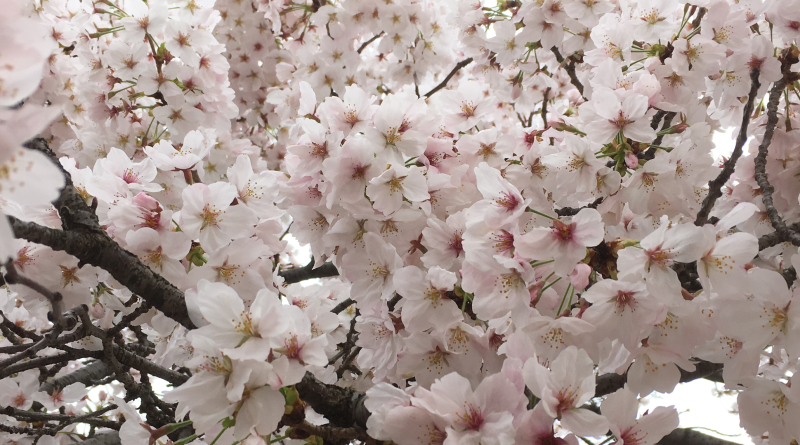
Japanese Spring Flowers: Sakura—More Than Sakura
Cherry Blossoms i.e. Sakura [桜]
No matter how many other kinds of flowers bloom in the spring, sakura will always be the most anticipated. The country looks forward to the blooming of the sakura so much that the Japan Meteorological Agency, a government agency, has been releasing “sakura forecasts” since 1951.
Fragrance
As previously mentioned, these flowers essentially have no smell.
Petals
The most common types of sakura, like the Somei-yoshino, have five petals. The petals also have a very important characteristic that distinguishes them from all the other flowers on this list: the “V” like slit on the petals. Only sakura flowers have this distinct mark.


Coloring
The color range for these flowers goes from white to a light blush toned pink and sometimes true pink. Some very rare breeds will have unusually bright colors–but that is the exception not the norm.
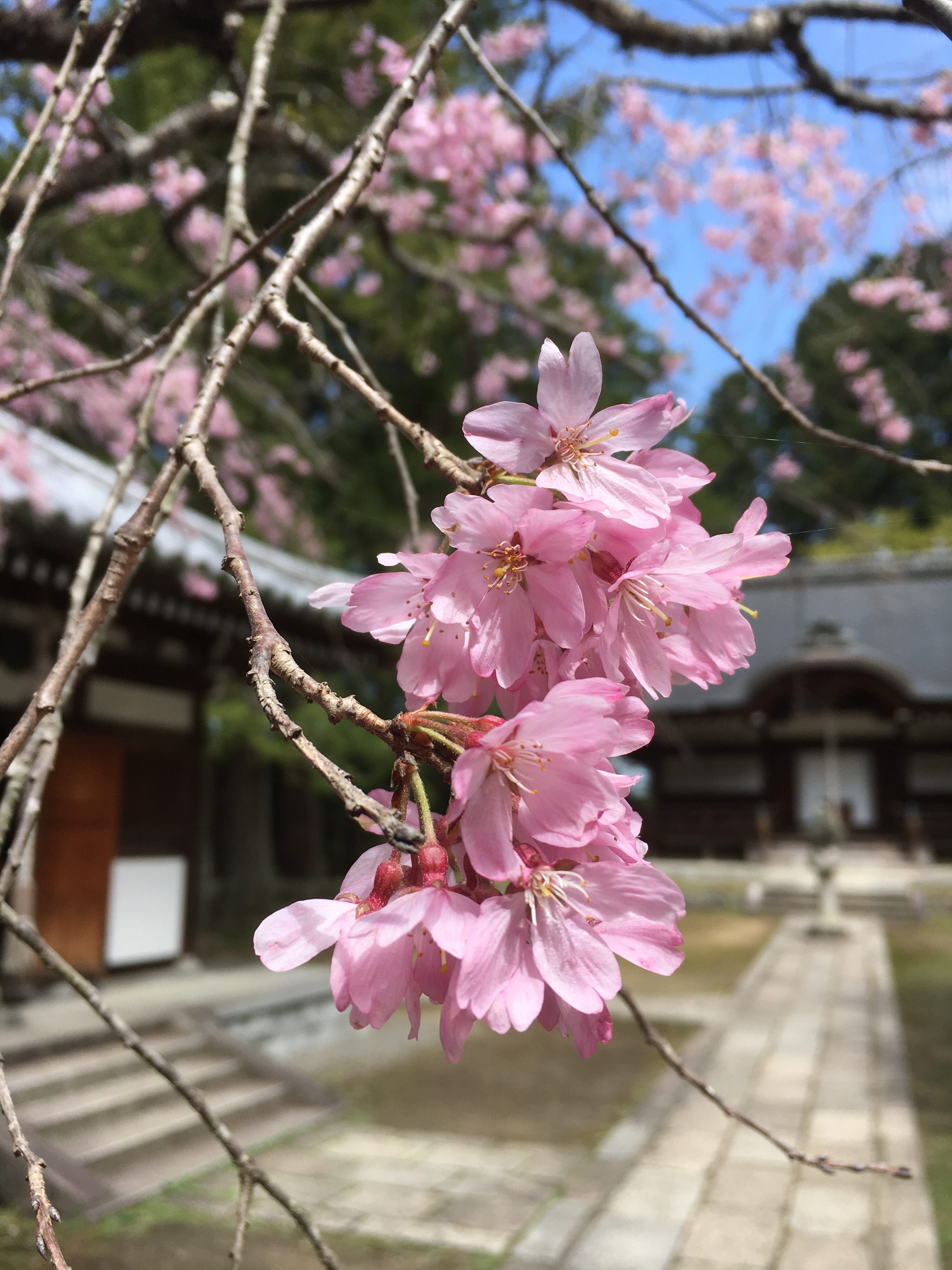
Leaves
Distinguishing sakura branches (and even bark) from ume and momo can be really tricky. On the other hand, the leaves of these three plants are very different from each other.
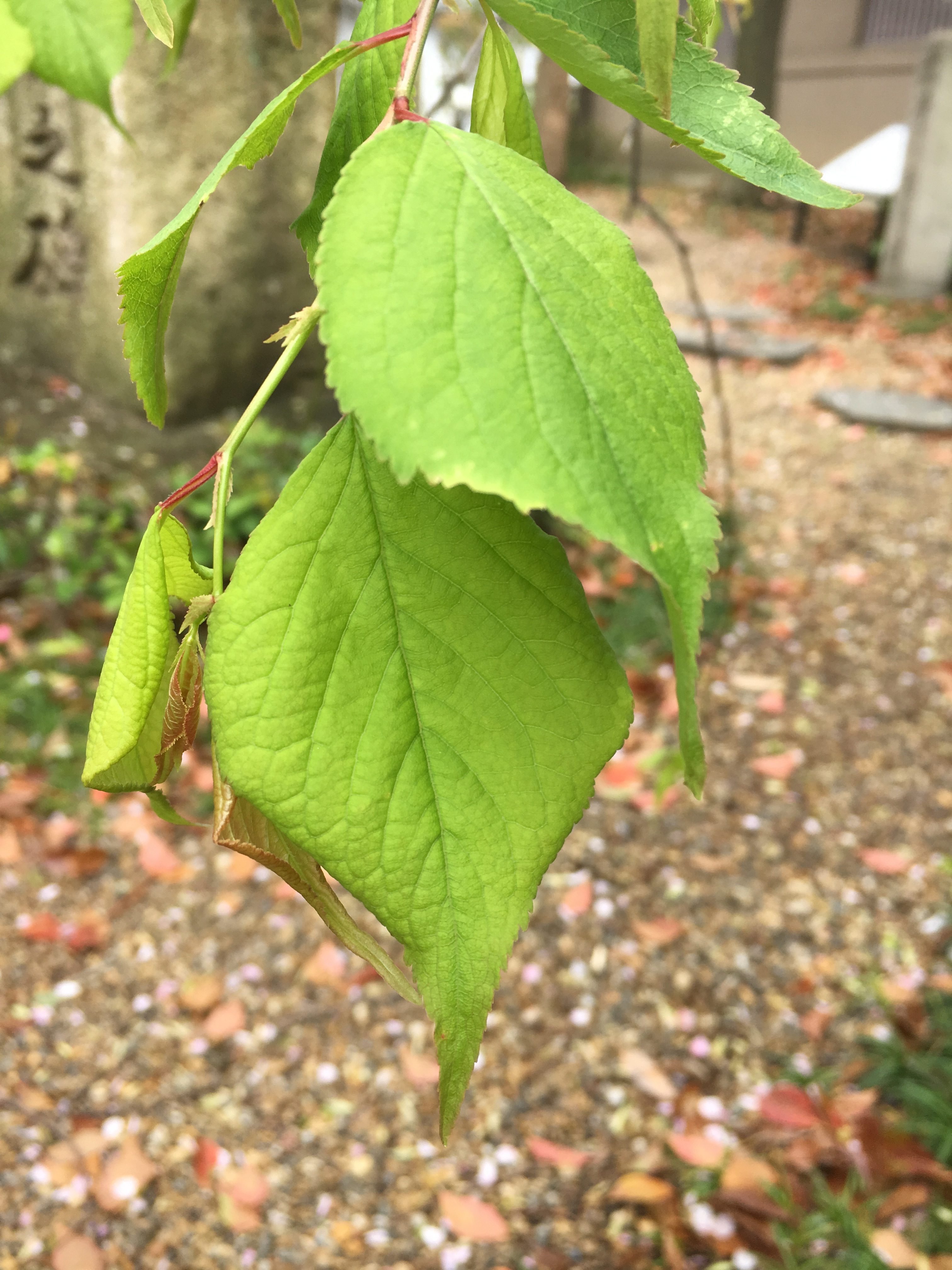

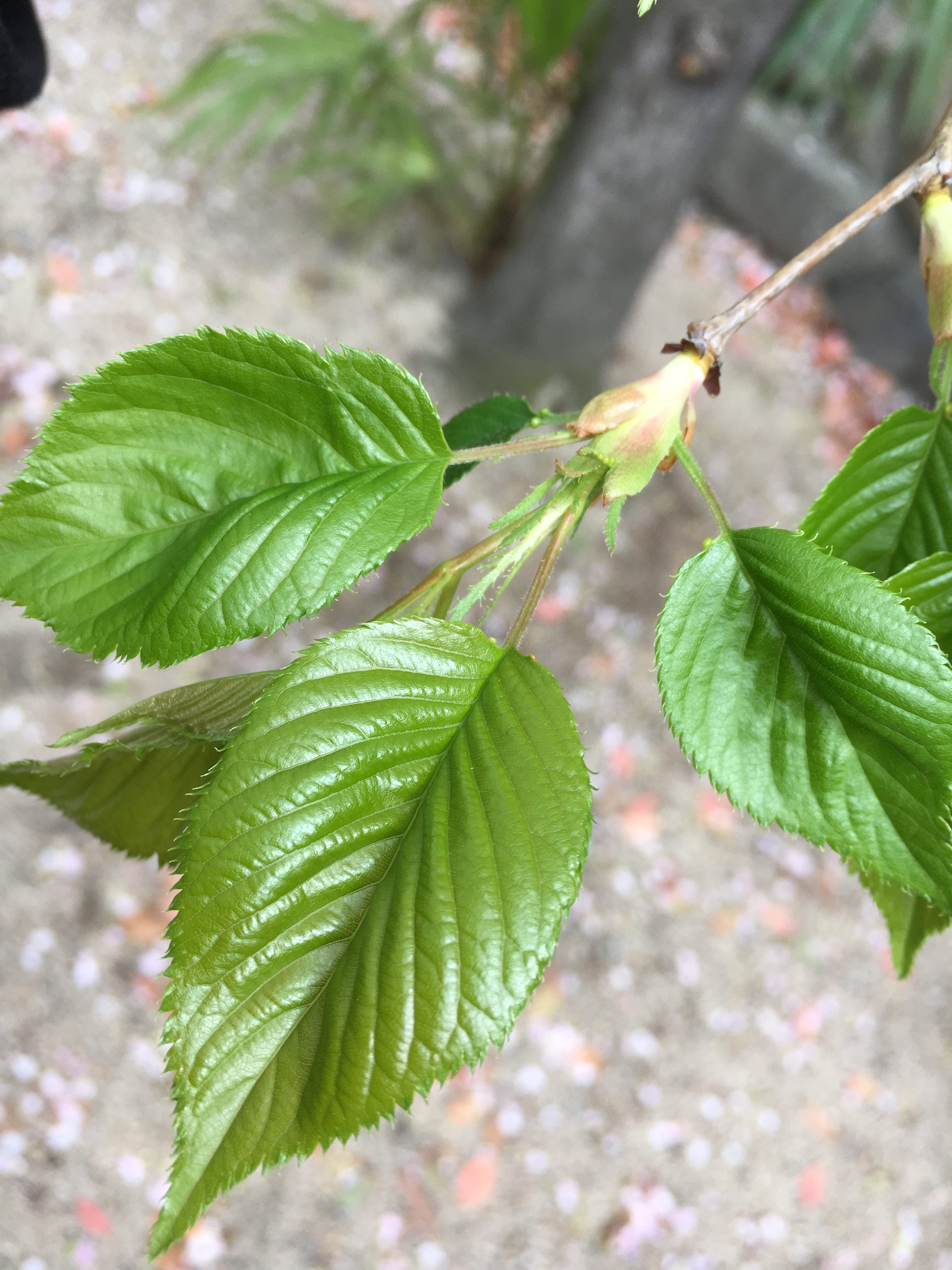
And yes, sakura trees do go to fruit a couple weeks after their flowers have all fallen off, but don’t get excited. Since most trees are kept for ornamental purposes, the cherries that are produced are very small and hard.

Yaezakura
These special late blooming sakura have a lot of very different traits from the more common kinds of sakura. The national mint, which is hailed as the best sakura spot in Osaka, specializes in yaezakura and is flocked with visitors every year.
Petals
A sakura with more than ten petals is probably a yaezakura. The first part of the kanji for yaezakura, 八重桜, contains the kanji for eight; this eight doesn’t limit the number of the petals to eight, but refers to eight classically being a symbolic number for “many.”

Coloring
Yaezakura tend to be pinker, and—though it is extremely rare, there are a few kind of yaezakura that are green or yellow.

Leaves
Yaezakura still follow the typical pattern of slowly putting out more leaves as the flowers shed the petals, but yaezakura start out with significantly more leaves than other breeds.
Blooming Season
The blooming season usually peaks around the first week of April. This time frame of course highly depends on a variety of climate factors. For example, this year 2017, Japan experienced a noticeable late bloom across the country. Yaezakura are usually the last to bloom, which is typically around the 3rd week of April.
Japanese cherry blossoms will only stay in full bloom for about a week at best, so you’d better hurry!
To conclude:
Sakura have: no fragrance, oval shaped petals that range from white to pink, and a short blooming season in April.
In the end, all the flowers on this list a beautiful and it is a joy to see them after the cold winter. Have fun enjoying your hanami picnics—-just make sure you’re not sitting under a momo (unless you want to, of course).
FYI: If you are in Osaka any time from February-April, Osaka Castle is a convenient stop to see some of Japan’s most iconic flowers!
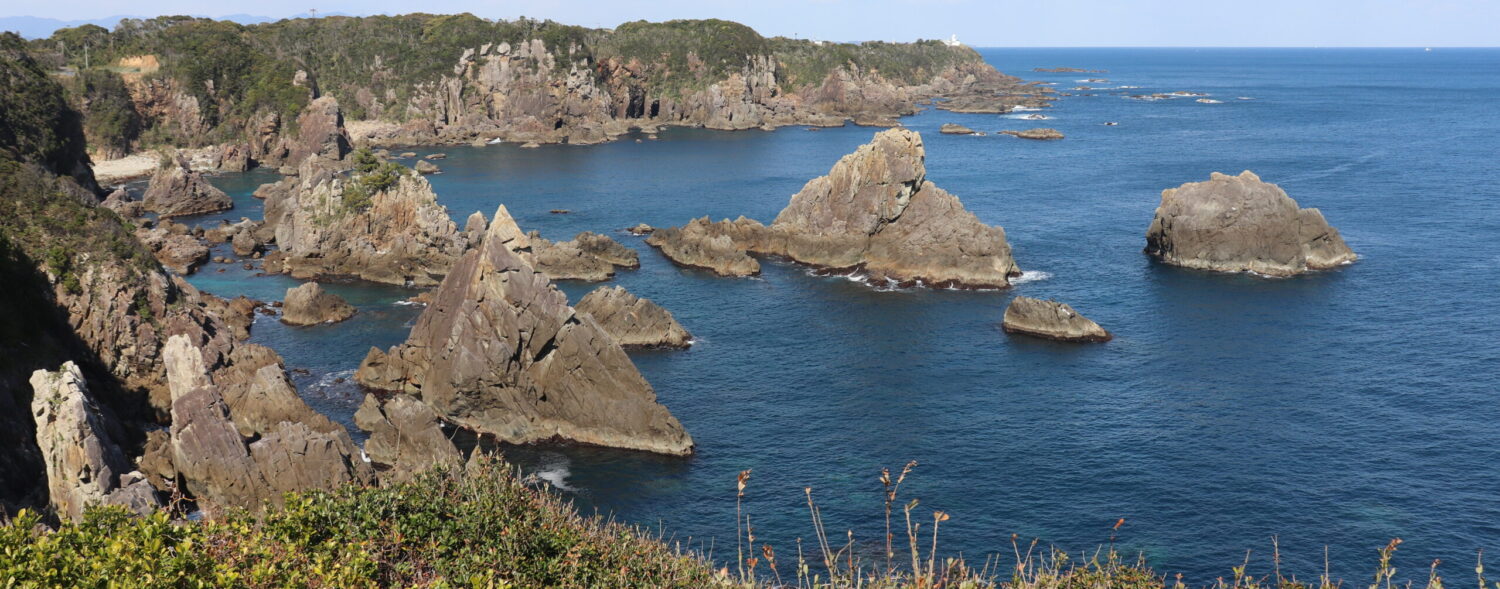
Leave a Reply